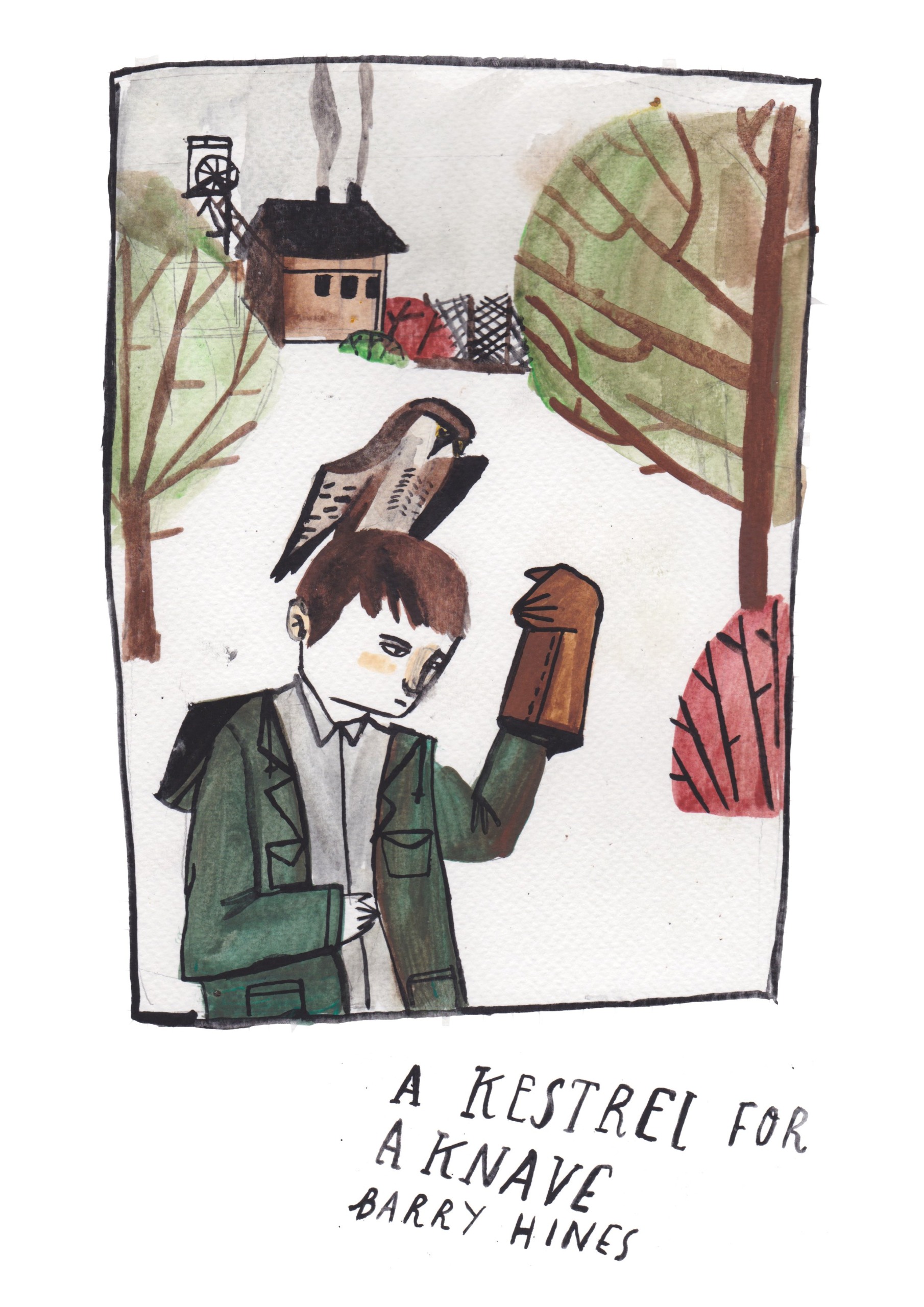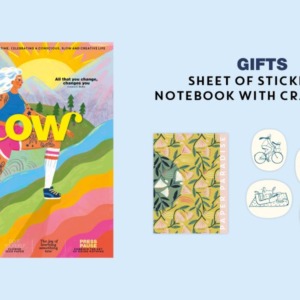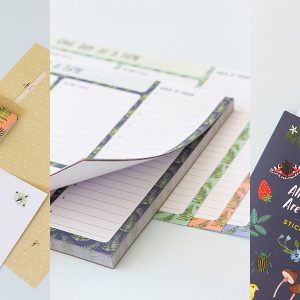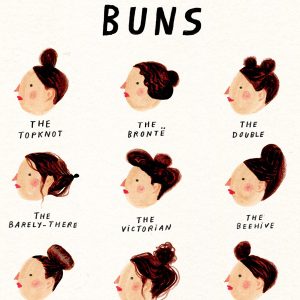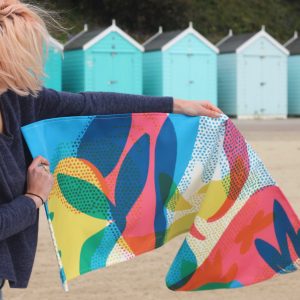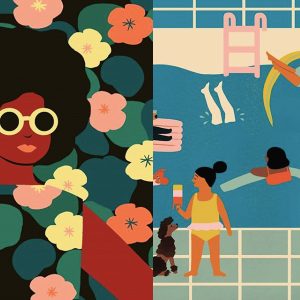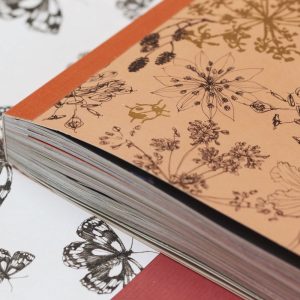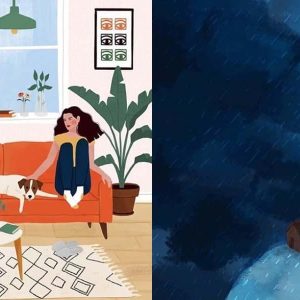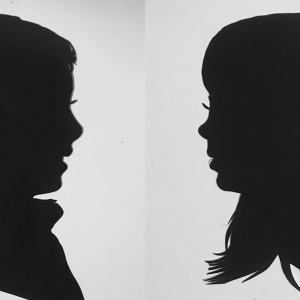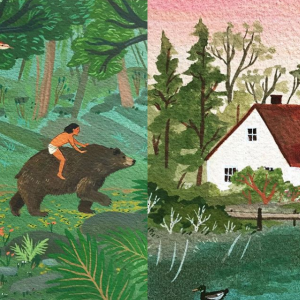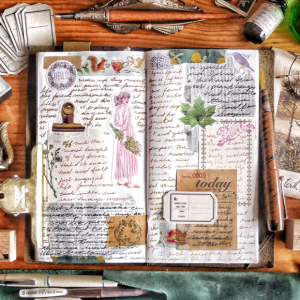This month Dick Vincent is our guestblogger. His illustrations can be found in our new Sketchbook (now available for pre-order) and the Flow Journal Pack.
For my last post I thought I’d talk about, where I work and the processes I take within my projects as well as the materials I prefer to use. I currently work from my studio which is tucked away into the corner of my one bedroom flat. In general I’ve always preferred working from home and this is for several reasons, firstly I’m easily distracted and whenever I’ve attempted to work within the shared studio spaces of art school I found myself concentrating more on what everybody else is doing, rather than what I should be doing, which would often result in me distracting everybody else.
Secondly during the early stages of my career I’d have to balance my art work with day jobs, which meant I had to squeeze my art into the free gaps that I had (before work, lunch breaks, 2am etc) and as much as I’ve tried I’ve never been able to follow a strict routine and after many flawed attempts I’ve come to terms with that I’ll always work as and when I want, I feel this gives me the best results as the work is more free flowing and less forced, I’ve also found I work best on the cusp of a deadline, the panic forces me to focus on the task at hand and forget the distractions. Finally I choose to work from home as it means I get to hang out with my cats.

Over the years I’ve tried many different ways of approaching work, and eventually found one which works for me. Sketchbooks for example have never worked for me, which almost caused my art tutors to have a break down, but for whatever reason I just prefer starting work on whatever papers nearest to hand. I’ve always started with lists, lists are the most important discovery I’ve made, whenever I feel like I’m going through a creative drought I’ll write lists, they help to clarify ideas and structure without thinking about an idea visually, then I move onto thumbnail sketches, this just helps me to visualise how an idea will work as a composition, a strong composition should always work as any size, I’ll then move onto colour swatches so I can get feel of what colours the image will be, if the image is for a client I’ll do a rough sketch to be sent for clarification but if it’s for myself I’ll move straight to the final thing.



For the finished piece I always use paints, at the moment I’m using Gouache, In the past I chose to use watercolours, but this was purely because it was what I could afford at the time, Gouache isn’t really that far from watercolour but I prefer how it allows me to add light colours over dark shades. Once the image is painted I’ll scan it and maybe touch it up on photoshop, I try to avoid photoshop as much as I can but if I want to do a heavily detailed illustration it allows me to do that without having to make a giant painting.
Thank you for reading my posts these past few weeks and I hope you enjoyed reading them as much as I enjoyed writing them. Dick


